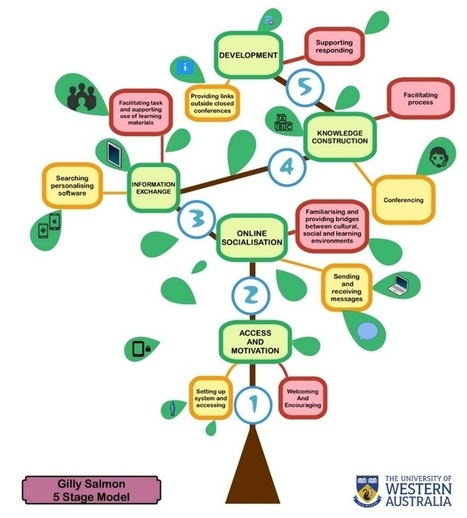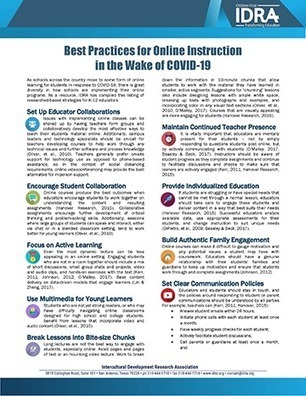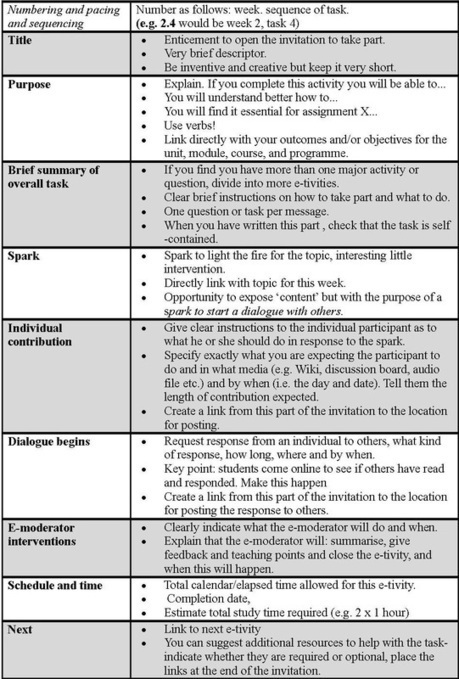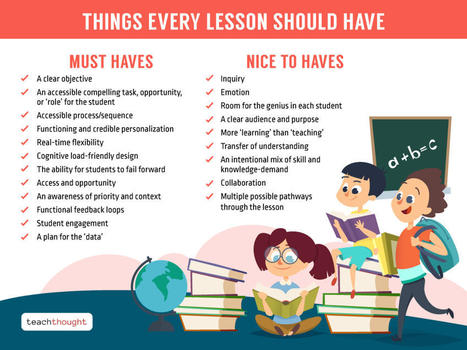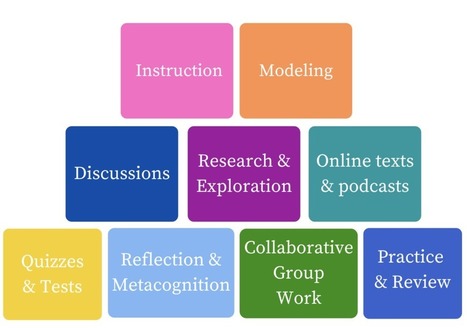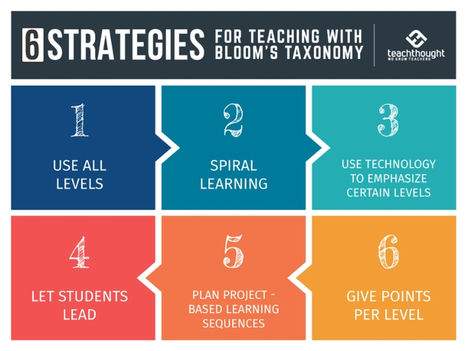Josh Davis spent 14 years teaching high school special education and middle school history, so he’s well aware of a few classroom constants. He understands how students with learning difficulties can feel separated from the rest of their classmates, how issues at home sometimes manifest as classroom misbehavior, and that being singled out—for both positive and negative reasons—is panic-inducing for just about all students.
However, Davis discovered new constants when he moved out of the classroom and into his current role as instructional technology coach at Downey Unified School District in California. Over and over, he saw teachers resisting technology adoption because they didn’t want to look foolish trying something new in front of students.
Via EDTECH@UTRGV



 Your new post is loading...
Your new post is loading...




